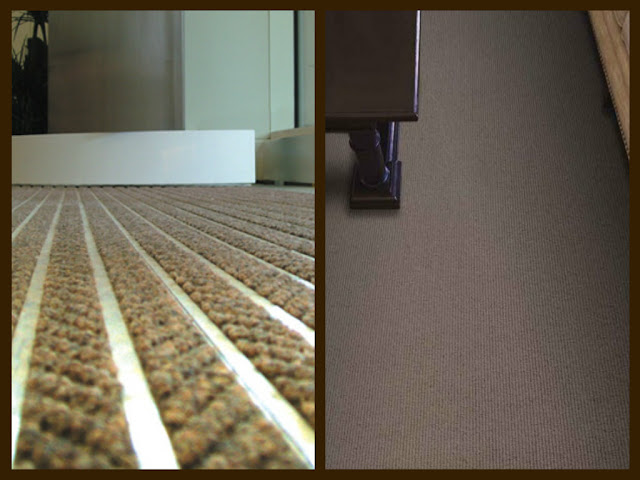A healthcare setting could pose certain challenges when facility executives are choosing flooring. This is because cleanliness is paramount for the area. The choice of flooring for a health care facility should support all of the goals of the organization. It is important to determine the floor covering requirements of the place to make a most cost-effective selection and to stay within the budget. Today's hospitals and healthcare centers are adopting guidelines and principles to help them do more with less. That is why it is paramount for them to choose the right and appropriate facilities, equipment and flooring materials.
Below are several examples of how the right healthcare floor could affect the success of the facility.
SAFETY
Clinical outcomes and successful patient care will depend on preventing further injury or harm to patients. Choosing the right flooring could prevent many falls, such as employing a non-skid surface. Moreover, textured or gritty floor surface also lower the risk of falls. Shiny floors may look beautiful, but are not appropriate in patient care spaces, particularly if here is water present. Shower rooms and bathrooms are main examples where shiny floors should not be used in a healthcare facility.
Clinical outcomes and successful patient care will depend on preventing further injury or harm to patients. Choosing the right flooring could prevent many falls, such as employing a non-skid surface. Moreover, textured or gritty floor surface also lower the risk of falls. Shiny floors may look beautiful, but are not appropriate in patient care spaces, particularly if here is water present. Shower rooms and bathrooms are main examples where shiny floors should not be used in a healthcare facility.
INFECTION CONTROL
Floor coverings for a hospital is riddled with germs, in spite of how much they are sanitized and cleaned. Persistent contaminants like multi-drug resistant bacteria live on the floors and spread disease. Floors that are non-porous inhibit the growth of bacteria; minimize the spread of germs and infection from person to person. Floors with no gaps or seams eradicates moist dark crevices where germs love to hide and live.
DURABILITY
Commercial flooring could cost a lot of money and thus should last a long time. Flooring is expected to appropriately wear and not to be replaced prematurely. Knowing the amount of traffic, point load and rolling load could help in making the best choice to ascertain the longevity of the surface.
COMFORT
The typical norm in a healthcare setting is working long hours. Walking and standing for twelve hours talks a tool on the legs. Cushiony flooring alleviates discomfort as well as prevents injury for workers in the facility as they work long shifts. A rubber floor is one great flooring option that is comfortable to stand. Moreover, rubber flooring reduces muscle fatigue as well as back pains. Patients as well as equipment could be moved more easily on this kind of floor, reducing physical strain.
AESTHETICS
Contemporary healthcare environments are moving away from the appearance of sterility and towards homier, warmer interiors. Floors for a healthcare facility play a huge role in the transformation from stark white into cozy comfort. Patients will feel more at home when the surroundings are peaceful and soothing.
MAINTENANCE
Flooring that needs the least amount of care is the most desirable option for the healthcare setting. Revenues and treatment time are lost when spaces are taken out of service for floor maintenance. The best flooring only needs dust mopping and gentle cleansers that are non-toxic and without odor. Stripping and waxing floors is a lengthy process and not a viable option for a fast-paced environment today.

No comments:
Post a Comment